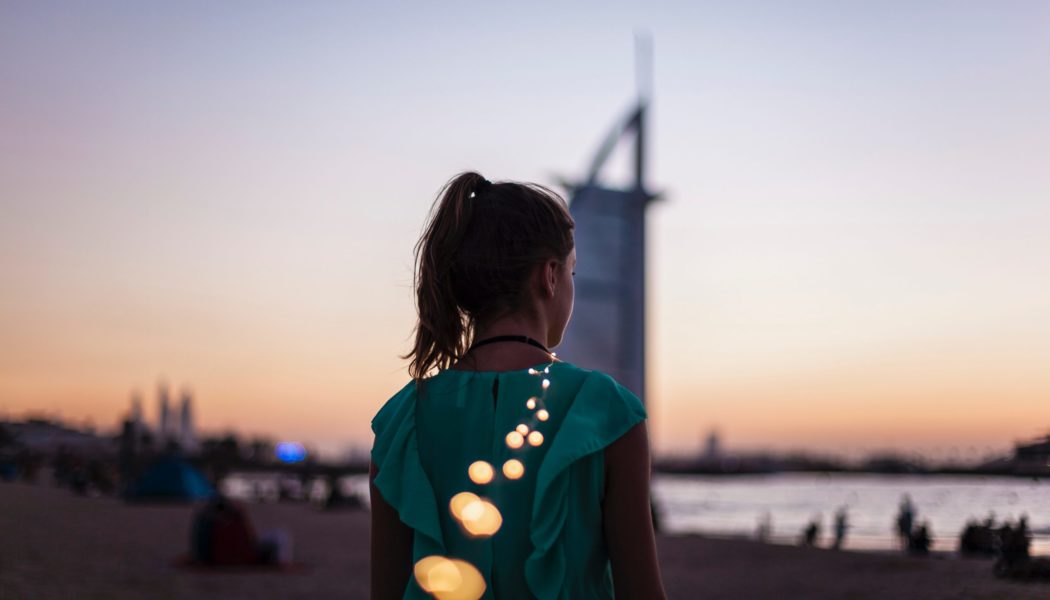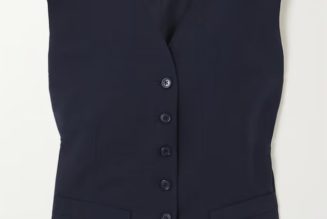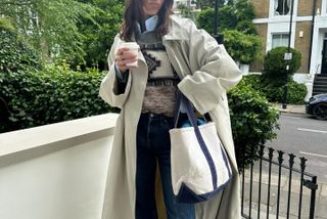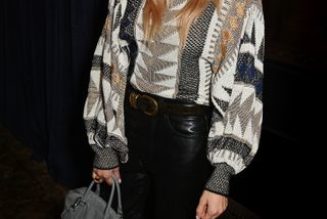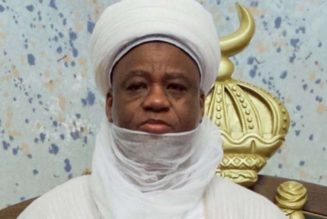Luxury brands are no strangers to the Middle East market, with the likes of Dubai and Abu Dhabi establishing themselves as magnets for high-end names in recent decades. Yet these markets have remained largely in the shadow of other top luxury markets like China — which over the past 15 years has carved out a crucial position in luxury retail.
This year, mainland China’s luxury consumption is poised to return to positive growth, following a COVID-impacted 2022 that saw the market decline 10 percent year-over-year (its first such drop in five years). However, widespread concerns about the health of global luxury demand are pushing a growing number of brands to reconceptualize their China strategy.
Considering Chinese consumers had essentially no choice but to make the majority of their high-end purchases domestically in 2022, bucking the longstanding trend of overseas luxury “hauls,” does it make sense to double down on opening, upgrading, or promoting mainland China boutiques in 2023? Or, with international travel by Chinese travelers showing signs of improvement, is it better to try and catch these tourist-shoppers at overseas stores?
It is this second option that could be the most compelling for brands that see China’s recent domestic luxury retail boom as skewed by the intermittent lockdowns and closed borders of 2022. (Powered, essentially, by “revenge spending.”) It also offers an interesting validator for beefing up brand presence in high-potential markets that have affluent local populations and also attract Chinese tourist-shoppers (or are actively promoting themselves in China).
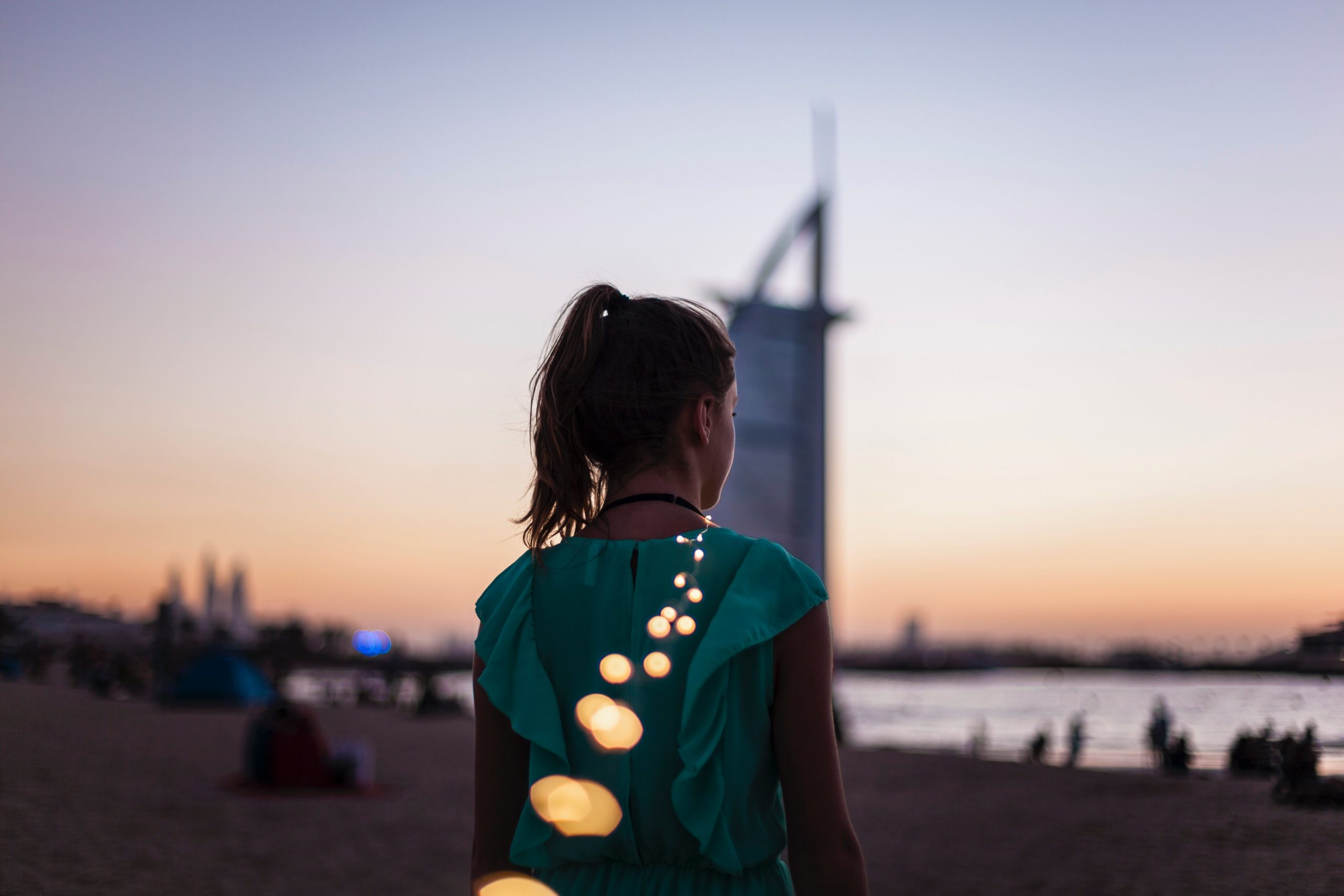
Countries in the Middle East have increased their marketing efforts to attract mainland Chinese tourists. Photo: Unsplash
This brings us back to the Middle East/North Africa (MENA) market, a diverse collection of 17 countries that encompasses some of the world’s richest nations (Qatar, U.A.E.) as well as one of its poorest (Yemen). In recent years, a growing number of MENA countries have increased their marketing efforts in the mainland China market, looking to attract more of the country’s big-spending, big-shopping tourists.
Dubai, for one, is in the midst of an intensive charm offensive in mainland China designed to lure Chinese tourists back after COVID brought arrivals to a virtual halt. In an effort to boost its Chinese tourist numbers — which nearly hit one million in 2019 — Dubai extended its visa-free policy for Chinese visitors and announced a “China Ready” strategy to offer tailored experiences to Chinese tourists.
But it’s not just national tourism organizations and duty-free groups that are looking to close the loop between affluent local shoppers and well-heeled Chinese inbound travelers. Now, smaller and independent high-end brands are following the lead of major luxury brands that launched widespread MENA expansion efforts over the past two decades.
According to the State of Fashion 2023 survey by The Business of Fashion and McKinsey, as markets like China and Europe struggle with the lingering effects of COVID-19 and a weakened euro, respectively, “regions such as the Middle East may become new havens of growth, requiring brands to further localize designs, marketing and merchandising to attract new customers.”
This indicates that the MENA region could take on, in some ways, the same kind of importance to luxury brands that China did after 2008, when demand in established markets like North America and Europe cratered in the wake of the global financial crisis and luxury brands and retailers desperately sought a lifeline.
Boasting one of the largest young populations in the world, as well as relatively affluent millennial and Gen Z consumers in markets like Qatar, the United Arab Emirates (UAE), and Saudi Arabia, the MENA luxury market could see a compound annual growth rate (CAGR) of 8.5 percent over the next five years.
This is especially driven by consumers in the affluent Gulf Cooperation Council (GCC) countries, which include Bahrain, Kuwait, Oman, Qatar, Saudi Arabia, and the UAE.
While the most affluent Middle Eastern consumers do a significant amount of their high-end shopping abroad — 16 percent of Harrods’ clientele came from the GCC in 2022 — demand is rising for locations closer to home and greater product localization. This has seen leading luxury brands expand their retail footprint and brand distribution networks in the MENA region over the past few years.
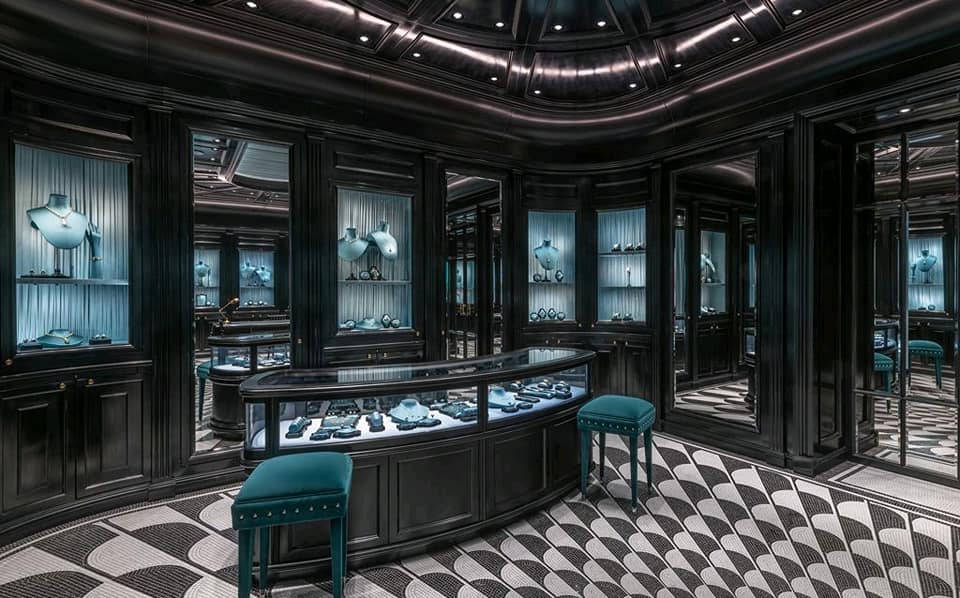
Gucci new high-jewellery store in Kuwait at The Avenues Mall. Photo: Gucci
Kering-owned Gucci, for example, introduced its high jewelry collection to the UAE in March 2022 and opened its second high jewelry boutique in Kuwait, following its debut location in Paris. Meanwhile, local brands and designers are seeing interest grow as Gulf consumers branch out beyond the biggest luxury names.
As Patrick Chalhoub, CEO of the Dubai-based luxury retailer and distributor Chalhoub Group, recently put it, “Brands like Chanel, Hermès, Louis Vuitton, Cartier and Tiffany have been working on local strategies to attract consumers in the region through collaborations, dedicated collections and immersive events in iconic locations such as Al-Ula in Saudi Arabia.”
Added Chalhoub, “Middle Eastern customers will build up trust in big brands, but they need brands to provide points of differentiation.”
The nurturing of local talent is another way international brands and retailers are looking to attract the attention of young, affluent Middle Eastern consumers. As Harrods MD Michael Ward recently noted, “The Middle East customer, especially the millennial and Gen Z generations, expect brands to increasingly play a role in elevating local talent.”
To that end, the Qatar Investment Authority-owned British retailer will launch its Harrods Hive program, which debuted in China in 2021, in the MENA region later this year. Ward describes the Harrods Hive as an initiative “to bring together a number of experts from different disciplines to share knowledge and inspire other future creatives through networking events and industry-led panel discussion.” The first of four Hive events will launch in the UAE this spring.
If Gulf countries can succeed in their attempts to increase tourist arrivals from mainland China, and if local consumers entice more high-end brands to set up shop and cater to their demands — much like their Chinese counterparts did a decade ago — we could see a perfect storm erupt in the MENA luxury market.
This would, in many ways, represent a major global shift, with the balance of power still largely East Asia-based but the Middle East taking on greater importance. If this is the case, expect luxury brands and retailers to dust off the China playbook widely deployed in 2008 and 2009, which included glitzy events that nodded to the local culture(s), aggressive signing of domestic celebrities as brand ambassadors, rapid-fire store openings, and highly localized digital marketing efforts.
